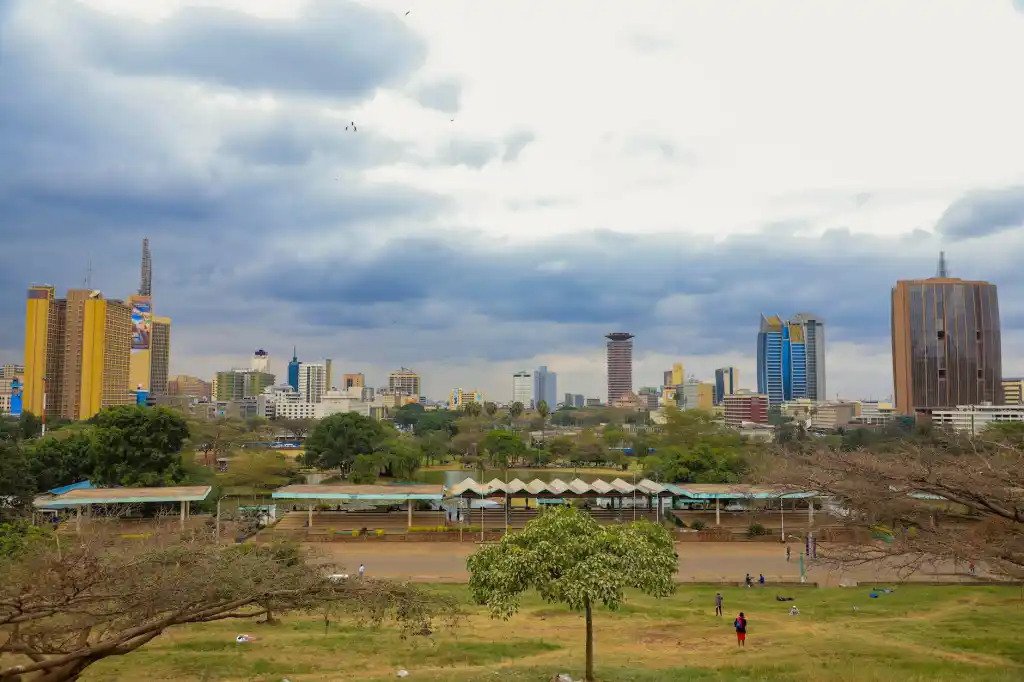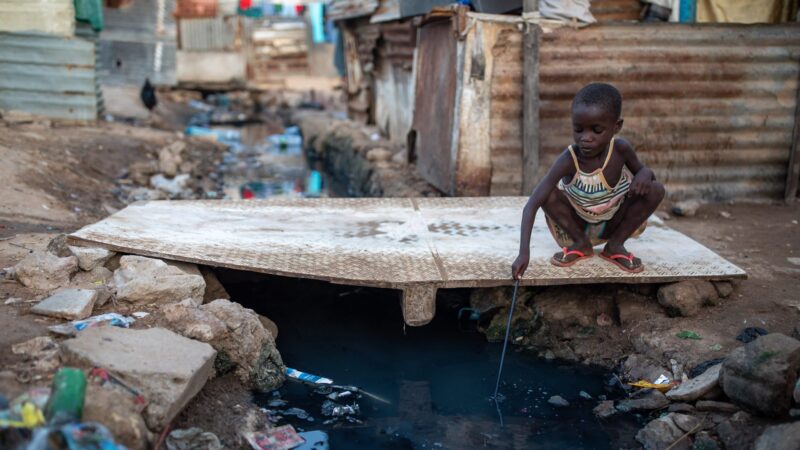The Role of Green Infrastructure in Creating Sustainable and Resilient Urban Environments.

Cities are the biggest unplanned experiment of all time. Cities did not emerge from a master plan instead, they grew organically as people gathered in specific locations for various reasons, including trade, agriculture, and cultural exchange. Ancient cities like Rome, Athens, and Mohenjo-Daro were not meticulously designed; they evolved, shaped by the needs and decisions of their inhabitants. This organic growth often resulted in unplanned urban layouts, haphazard infrastructure, and varying levels of liveability.
Lessons from Unplanned Experiments
- Sustainability: Many cities are struggling with the environmental impacts of their growth. The unplanned experiment of urbanization has taught us that sustainable practices, such as efficient public transportation, green spaces, and waste reduction, are essential for long-term urban viability.
- Resilience: Cities are often vulnerable to natural disasters and other crises. Through their unplanned evolution, we’ve seen that resilient urban infrastructure, disaster preparedness, and community engagement are critical factors in ensuring cities can bounce back from challenges.
- Social Equity: Unplanned urban growth has exposed social disparities within cities. As we learn from these experiments, it becomes clear that inclusive urban planning, affordable housing, and access to essential services are vital for creating equitable urban environments.
While cities have historically been unplanned experiments, contemporary urban planning seeks to apply lessons from the past. Concepts like smart cities, mixed-use developments, and sustainable urban design aim to create more intentional and liveable cities. However, the challenge lies in balancing innovation with the preservation of urban culture and heritage.
In conclusion, green roofs, parks, and urban forests absorb rainwater, combat heat islands, and improve air quality. They enhance biodiversity, reduce energy consumption, and promote well-being. In the face of climate change and increasing urbanization, green infrastructure acts as a buffer, reducing flood risks and enhancing urban resilience. By integrating nature into our cities, we not only create more pleasant places to live but also fortify our communities.






